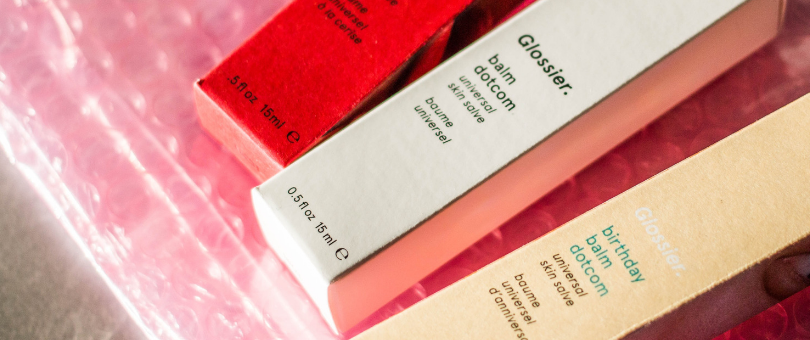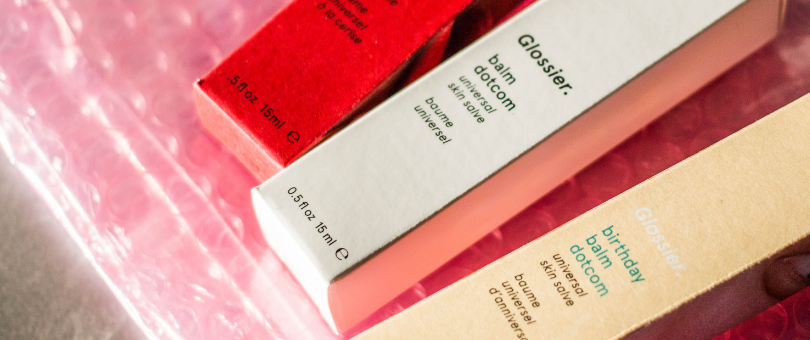 Every retailer shares a common goal: to earn more revenue. The ways which retailers go about meeting that goal vary. Some prefer to focus on their customer loyalty program. Others turn to leverage the opportunities that come with expanding into B2B wholesale channels. And those are just two on an infinite list of tactics you can employ to increase sales.
Every retailer shares a common goal: to earn more revenue. The ways which retailers go about meeting that goal vary. Some prefer to focus on their customer loyalty program. Others turn to leverage the opportunities that come with expanding into B2B wholesale channels. And those are just two on an infinite list of tactics you can employ to increase sales.
Product bundling is another great way to help retailers achieve revenue goals. A curated collection of complementary products can help you capture casual browsers and eager-to-buy shoppers alike.
And as with most other sales tactics, there’s an art to bundling products successfully. First, let’s dig into what product bundling is, the different types of product bundles, and how you can use them to support your retail store.
What is Product Bundling?
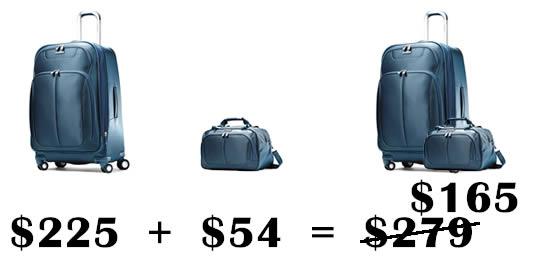
Product bundling is when you package complementary products together, often sold at a discounted price or with an added value. Sometimes, retailers package the product bundle in a different way, either in a gift box or special wrapping.
Product bundles become especially popular during the holidays, but it’s a tactic that retailers can use year-round to generate sales.
The Value of Product Bundling
Let’s look at this widely examined study from Harvard Business School.
Essentially, the study examined a tactic Nintendo employed when selling video games and consoles. The gaming brand bundled the two products together, leading to 100,000 units sold and more than a million dollars in video game sales. When Nintendo only bundled games together, bundle sales decreased 20%.
Bundling the right items together can also spark a spike in your own sales. This is because bundling can help increase the perceived value of the products in the eyes of your customer.
For example, if you’re making the products available at a discount, a shopper will see that they’re getting a deal and be more likely to buy. Or if they’re beautifully packaged, a consumer may appreciate that they don’t need to gift wrap it themselves.
What’s more, product bundling can also help you increase average order value. Encouraging shoppers to purchase more items typically leads to a higher transaction amount. This is an efficient way to drive revenue up without having to attract more customers to your store.
FURTHER READING: Learn more about bundled discounts and other types of discounts you can use in your retail business.
Types of Product Bundles for Different Circumstances
There are many different situations where product bundles can help retailers achieve a variety of business goals.
Increase Awareness for a New Product
Recently launched a new product or introduced a new brand into your store? Create a product bundle with a similar or complementary item that’s proven to be popular with your customer base.
Sell Slow-Moving Stock
If you have items nearing the end of their shelf life or collecting too much dust in your warehouse, product bundles also allow you to piggyback off the popularity of another item. Try adding the slow-moving merchandise into the bundle. Who knows, you may generate enough interest to turn the slow-movers into hot items.
Gift-Giving Occasions
The holidays especially are a stressful time for consumers. Long lists, last-minute needs, and lack of knowledge about giftees’ interests stand in the way of hectic holiday shopping. One way to meet customer needs during this bust time of year is to take a gift-giving approach to product bundles.
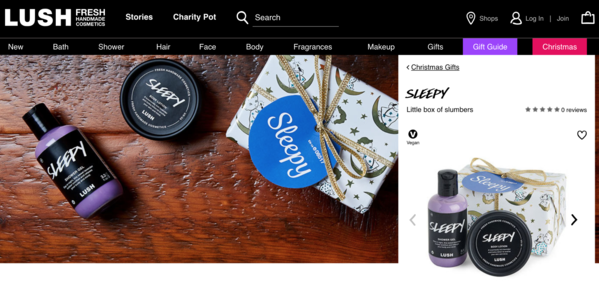 LUSH uses this approach with their items. The gift section on their website features multiple product bundles at many price ranges. They also merchandise the items together for in-store displays, and their hands-on associates can make smart recommendations for shoppers to get in and out of the store quickly.
LUSH uses this approach with their items. The gift section on their website features multiple product bundles at many price ranges. They also merchandise the items together for in-store displays, and their hands-on associates can make smart recommendations for shoppers to get in and out of the store quickly.
Subscription Boxes
Subscription boxes are product bundles in their own right — and they’re not just for ecommerce sellers. Many brick-and-mortar retailers have begun their own subscription box services.
WineCollective is just one example of a brick-and-mortar shop that has seen an opportunity for product education and curation with subscription boxes. After noticing a number of in-store shoppers who were struggling to purchase the right bottle of wine, they took the difficult decision-making out of the shopping process.
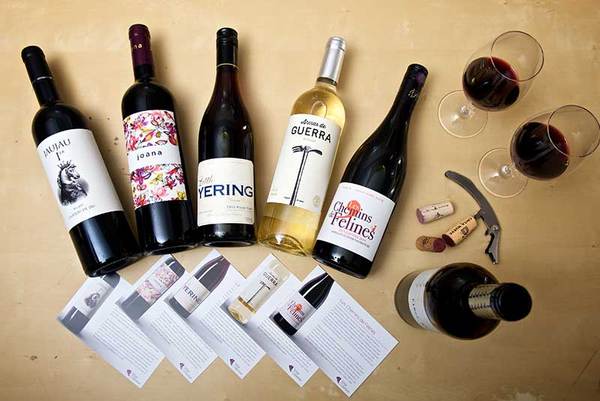
Instead, customers could subscribe to the boxes, which give WineCollective the opportunity to bundle products that they want to get in shoppers’ hands, educate their customers, and broaden their palates all at once.
Build-Your-Own Bundles
Some retailers have taken a DIY approach to product bundling, allowing shoppers to create their own collection of goods. Sure, this may seem counterintuitive to the idea of building product awareness but you can still encourage product discovery by allowing customers to choose from a set group of products, limiting their choices to the items you want to promote.
View this post on InstagramA post shared by Colorado Crafted Gift Baskets (@coloradocrafted) on
Colorado Crafted Box does this on their website, where they sell gift boxes with locally inspired goods. A physical retailer could take a similar approach around the holidays or another event like graduation or Mother’s Day and host a build-your-own gift event. Have sales associates on hand to offer guidance on the items.
Bauble Bar also has build-your-own bundles. Rather than focusing on gift-giving, they allow shoppers to choose three pairs of earrings for a discounted price.
How to Use Product Bundles in Your Retail Store
Know What to Bundle Together
If you’ve created personas for your target customer, this makes for a great starting point for choosing which items to bundle together. Consider each persona and the top items that appeal to them. If you have the data, you can look up what the most popular items are for each segment and bundle those items together.
FURTHER READING: Learn how to use data from your point-of-sale system to check your best-selling items and other info to improve your retail business.
Remember how the value of product bundles is being able to generate interest in items where there otherwise wouldn’t be? This is when you’ll want to look outside your sales data. Which SKUs are sitting on the shelves for too long? Do you have any batches of product nearing expiration?
Merchandise and Market Your Product Bundles
Each product bundle will ideally have a theme. Bath & Body Works is well-known for their product bundles based on scent. This not only creates synergy with the products and makes it more likely that customers will enjoy everything included in the bundle, but it also makes sense for your marketing. You can run specifically targeted campaigns around the theme for each bundle.
You’ll also want to make sure you’re highlighting the added benefit for customers. Running Buddy has an entire section on their site dedicated to product bundles. Under each bundle, they show what the total price would be if each item were purchased separately — slashing it to show users the discount they can get. Brick-and-mortar retailers can mimic this approach with in-store pricing signage.
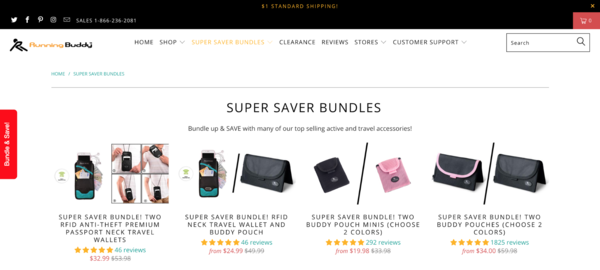 Train in-store associates to promote bundles at checkout as well. If they notice that a customer has picked up two of three items in a current bundle, employees should recommend the bundle to that shopper. Something like, “If you add product X, it’s only $Y more. I can call another employee to go get it for you if you like.” could be just the nudge they need to make the upsell.
Train in-store associates to promote bundles at checkout as well. If they notice that a customer has picked up two of three items in a current bundle, employees should recommend the bundle to that shopper. Something like, “If you add product X, it’s only $Y more. I can call another employee to go get it for you if you like.” could be just the nudge they need to make the upsell.
Moving Forward With Product Bundles
Product bundles are a great way to increase the perceived value of your products and encourage customers to spend more in your store. Use them for gift-giving occasions, slow-moving stock, product awareness, and other creative ways to drive more in-store sales.
Which retailers have you seen use product bundles successfully? What types of product bundles have worked for you in your store?

